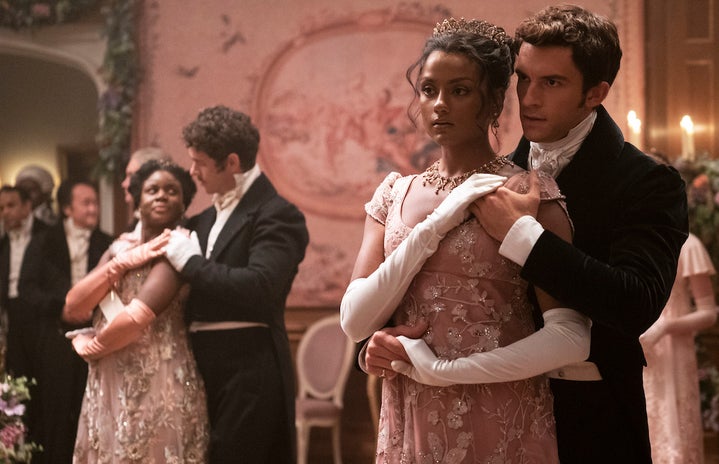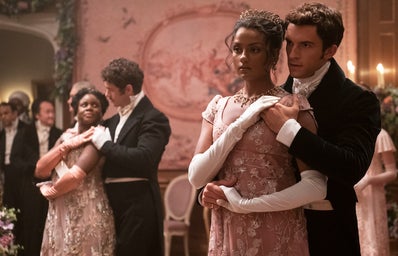On Saturday 5th October, The Kate Kennedy Opening Ball will be the first of the academic year. This semester, with a variety of exciting events such as Cal Soc, Welly, and Christmas ball, there’s so much to look forward to. After spending my year abroad in Vienna discovering the best cultural events, I attended several traditional balls which significantly differ from those at university in St Andrews.
In Vienna, over 400 balls are organised every year from November to February. Each one has a theme, for example the Vienna Philharmonic Ball, the Opera Ball, and Flower Ball, with some dedicated to specific subjects, such as law, medicine and economics. Ball culture is embedded in Vienna’s rich historical and musical heritage, with balls dating back to the 18th century during the Habsburg Empire. Famous composers such as Johann Strauss II played an influential role in the development of waltz music which was and is still often played at balls. Having experienced ceilidh dancing at St Andrews balls, I was excited to try a different style of dancing and experience Viennese culture.
In 2020, at 17, I went on a Viennese Exchange. Attending high school classes and making Viennese friends made me fall in love with Vienna. My exchange partner asked me to a traditional ball yet forgot to mention the dress code. Unfortunately, I chose to wear a casual dress that went just below, the knee, paired with brown cowboy boots. As everyone else was dressed elegantly in black tie, I received many strange looks.
This year, I attended the Juristenball (The Ball of Legal Professionals) in February, which was held at the famous Hofburg Palace, the residence of the Austrian president. Through sharing an experience with people from all around the world, I felt a unique sense of belonging. The best thing about Viennese balls is anybody can attend; no invite needed, just a ticket. After learning from the mistake I made at 17, I chose the right ball gown this time.
This day was even more special as it was not only my 21st birthday, but also Chinese New Year. I have a tradition on my birthday where I wear my mum’s earrings which are engraved in Chinese with the word “福,” meaning “good fortune.” That night, I experienced the “good fortune” in the Grand Ballroom, with close friends, dancing the night away with a flurry of elegant guests.
Just as Scotland has its traditional ceilidh dances, waltzing is an important part of Viennese culture. A waltz is in 3/4 time with the beat, “ONE-two-three, ONE-two-three.” The “Blue Danube” by Johann Strauss is one of the most recognised pieces of Waltz music in Vienna. In contrast, a ceilidh is often in a 4/4 time and the music is very upbeat. Luckily, you do not need to know how to ceilidh or how to waltz to enjoy yourselves, the fun comes from nobody really knowing what they are doing. The best way to learn is to watch those around you dance.
In Vienna, most balls open with the procession of Debutantes and Debutants (which traditionally meant that a female and male were being introduced into society at a special event). The Debutantes are dressed in long white gowns and gloves, escorted by a Debutant in black tie. Everyone stands to the sides, watching as they turn and dance around the room, using the waltz box step. The Waltz box step consists of six dance steps that create the shape of a box, hence the name. Following the announcement of “Alles Walzer,” the dance floor is open to everybody.
Unlike at balls in St Andrews, where either a DJ or a live band is playing in one room, at Viennese balls there are several rooms around the palace. In every room, different music is playing, such as pop, jazz and classical music. At some point in the night, my friends and I took off our shoes and danced barefoot on the floor. This is something which I have also done in St Andrews, sometimes even walking home with no shoes (IYKYK) .
As the clock struck midnight, the Public Quadrille began, which is a group dance to bring all attendees together one last time for the closing of a Viennese ball. The men line up on one side and the women on the other. Not everyone goes as a couple to the ball or has a partner, so you end up sometimes dancing with strangers. Likewise, in St Andrews, there is often a caller who teaches the steps of the ceilidh and you end up dancing with your friends and other students.
Going to this Viennese ball was one of the highlights of my year abroad. Similarly, the St Andrews experience is not complete without attending at least one ball. So, if you can get a ticket then I really do recommend you grab some friends and go! Or if you need an escape from St Andrews, book that trip to Vienna. Just make sure it’s during ball season!
A link to all the balls happening in Vienna Nov 2024- March 2025!

